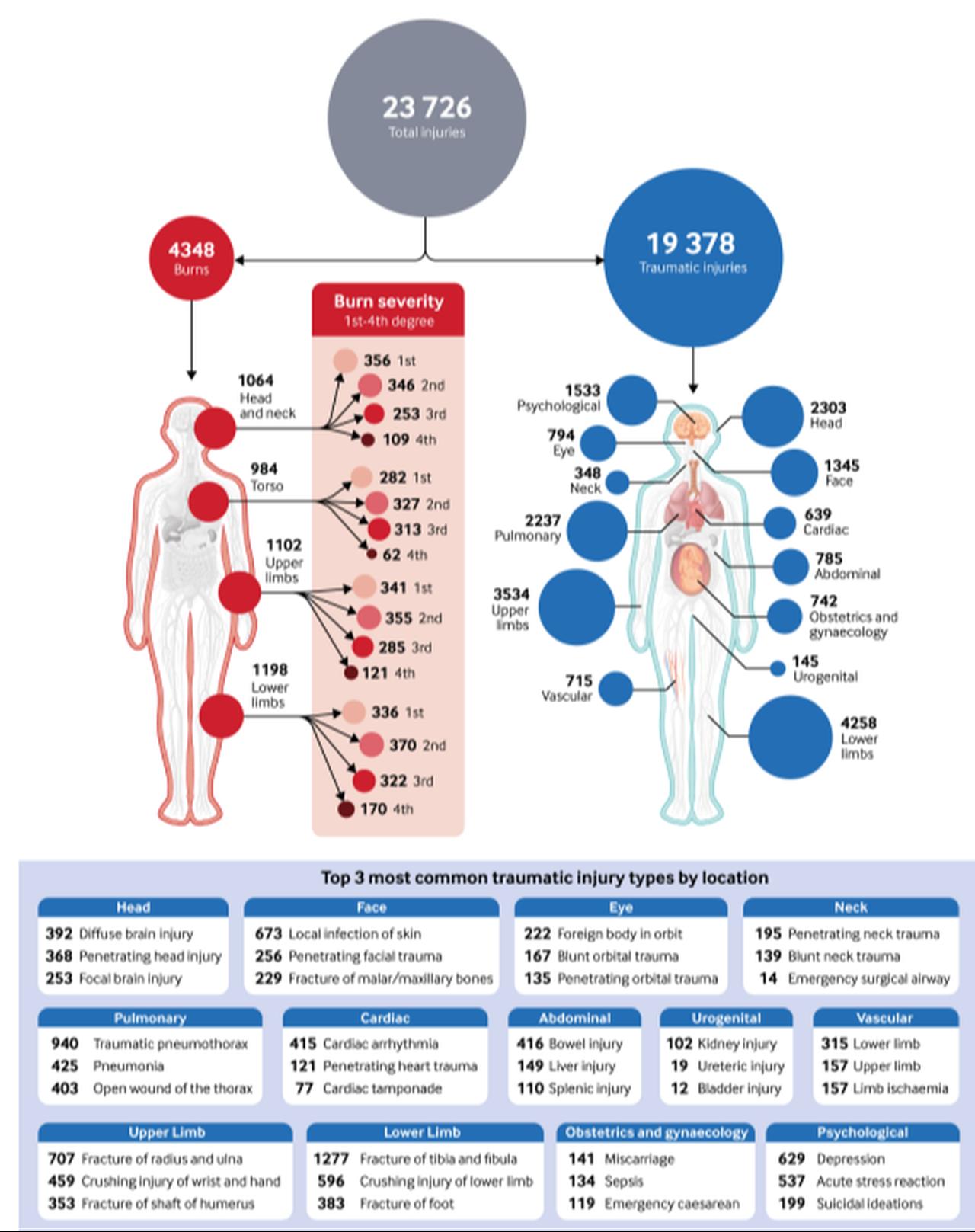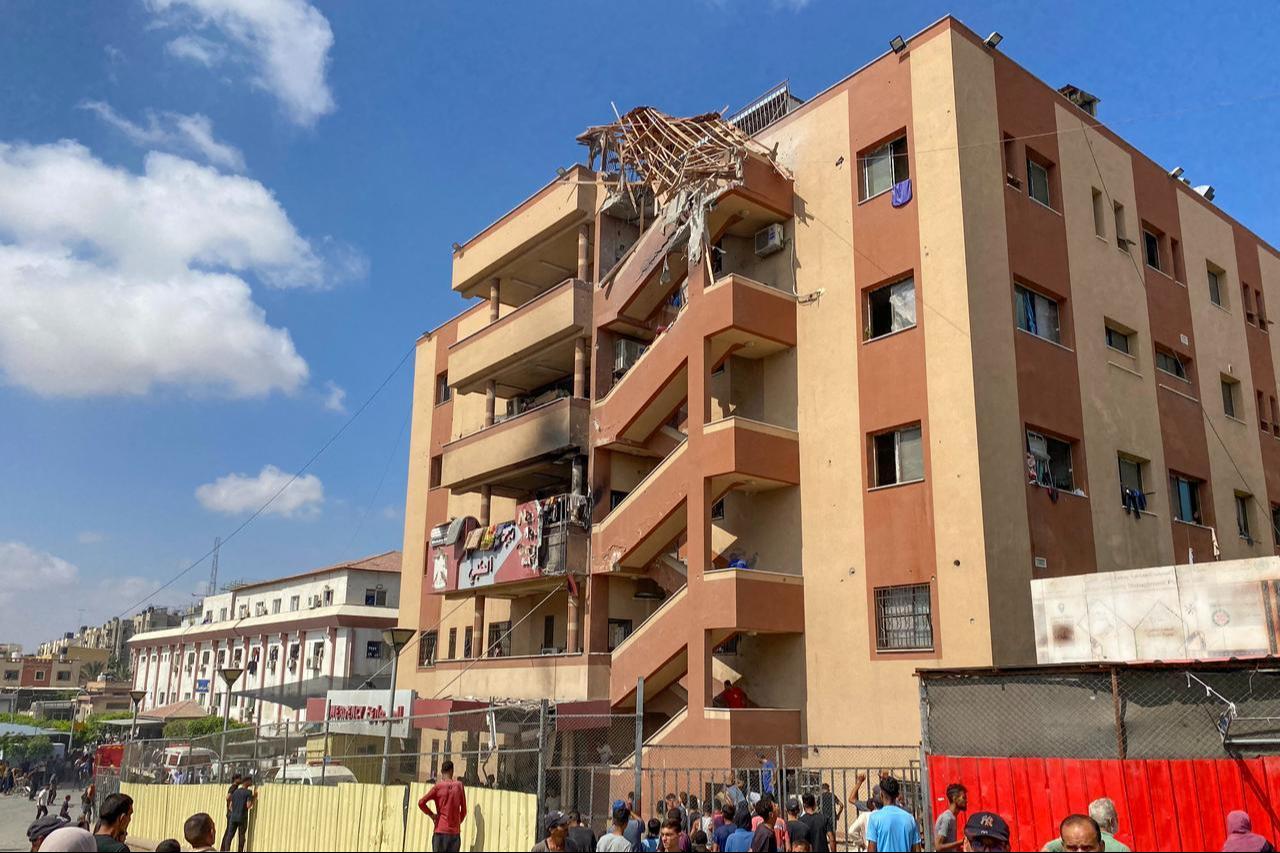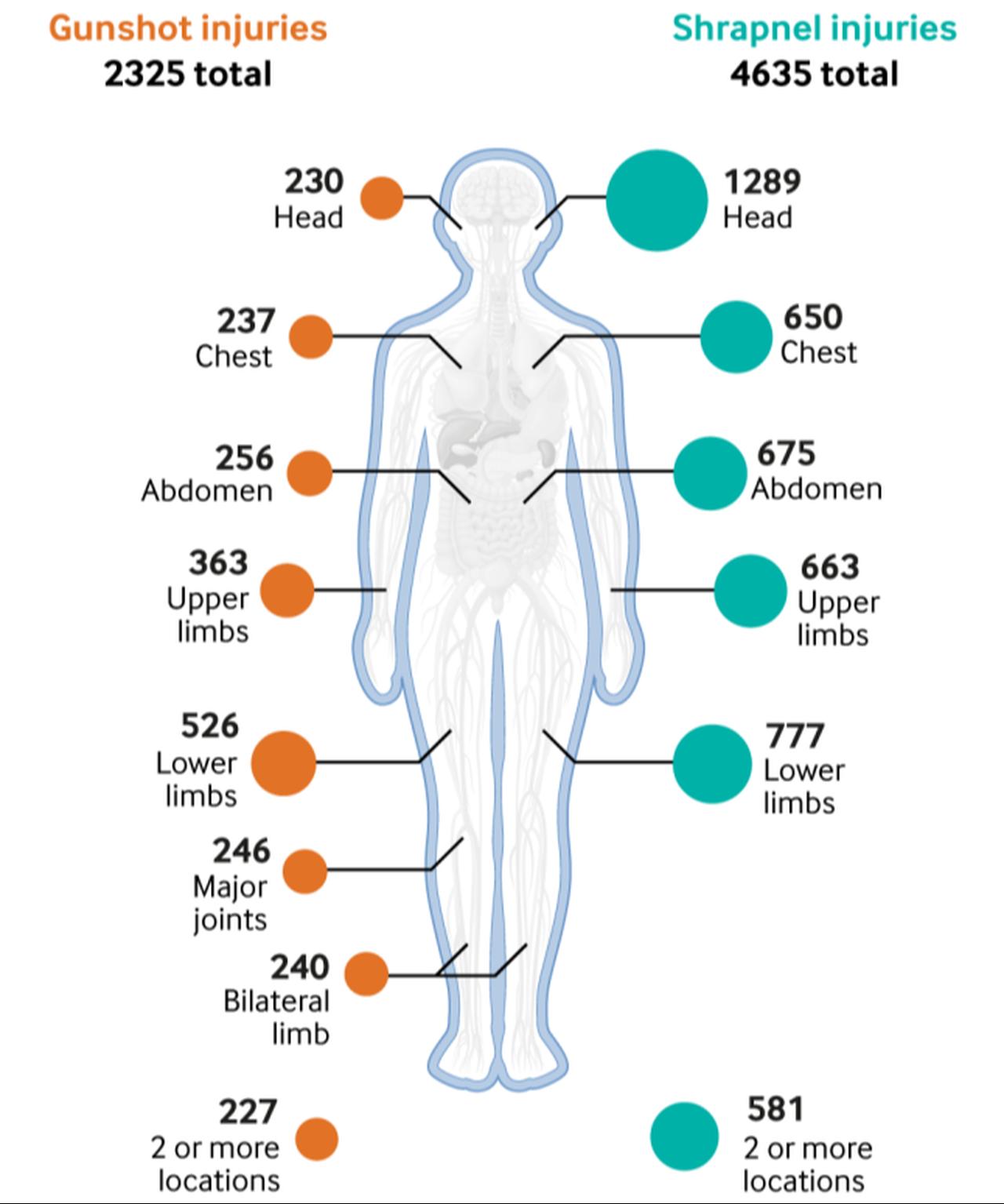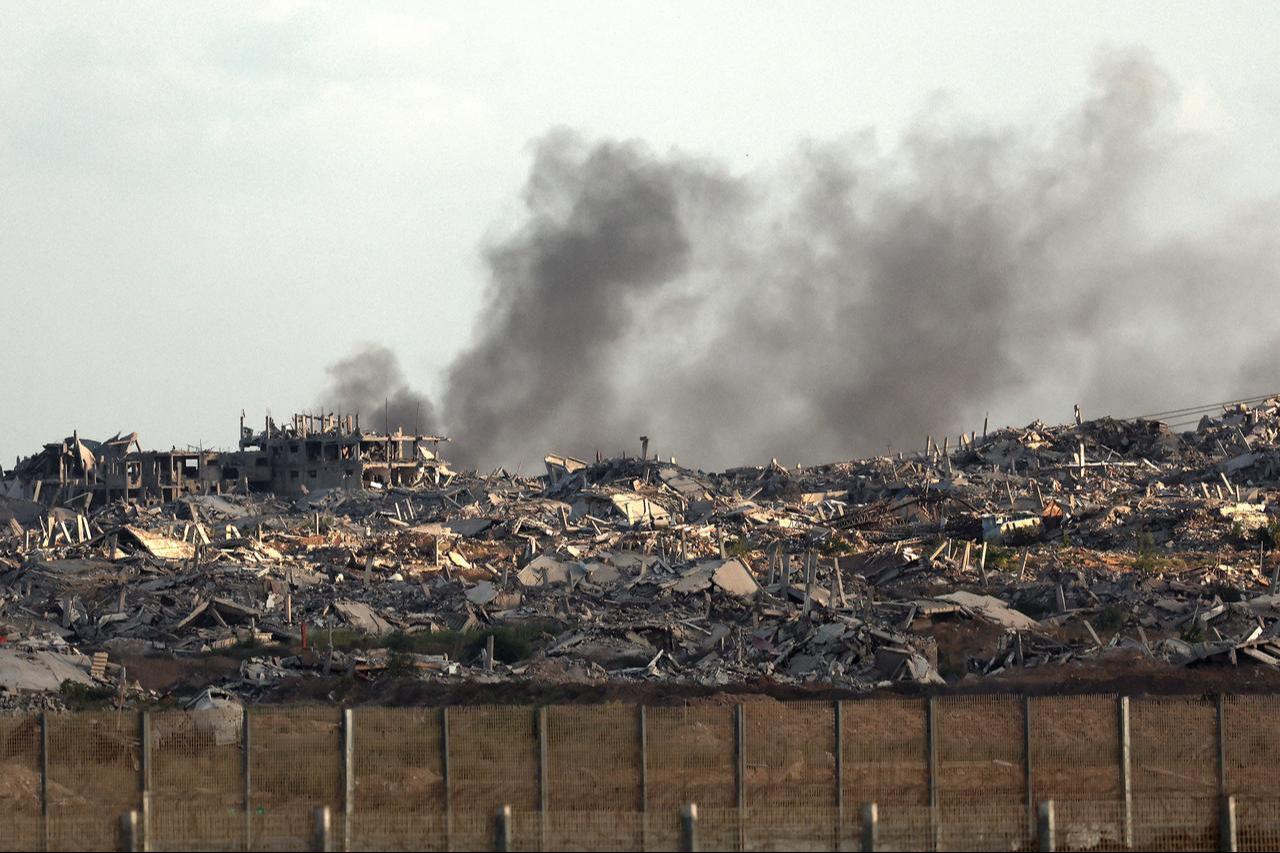
A peer-reviewed study published Friday in the BMJ shows that Palestinian civilians injured during Israel’s nearly two-year offensive against Hamas suffered wounds far more severe than those seen in other modern conflicts.
Researchers surveyed 78 international health care workers, mostly from Europe and North America, who treated patients in Gaza between August 2024 and February 2025. Using contemporaneous logbooks and shift records, they documented over 23,700 trauma injuries and nearly 7,000 weapon-related wounds.
Two-thirds of the respondents had previously worked in other conflict zones, but nearly all said the injuries in Gaza were the worst they had ever witnessed. “The volume, distribution, and military-grade severity of injuries exceed those reported in previous modern-day conflicts,” said British surgeon and lead author Omar el-Taji.

The study found that 66.6% of weapon-related injuries were caused by explosions, a rate more than double that observed among civilians in other conflicts, comparable instead to injuries suffered by U.S. soldiers in Iraq and Afghanistan.
Burns accounted for 18.3% of all traumatic injuries, often reaching third- and fourth-degree levels. “I saw children with burns so severe you could literally see their muscle and bone,” Taji said. Lower limb injuries (17.9%) and upper limb injuries (14.9%) were also common.

Gaza’s health infrastructure has been heavily damaged, with over two-thirds of structures destroyed. Hundreds of documented attacks on healthcare facilities, ambulances, and staff, including more than 1,500 healthcare workers killed as of May 2025, severely limited clinical care capacity.
The survey highlighted chronic disease disruptions as well: 4,188 patients with conditions requiring long-term treatment were reported, underscoring the impact on primary care.

Health care workers described witnessing profound suffering. “The worst part was mothers begging us to save their already-dead children,” one physician said. Children exhibited suicidal thoughts after seeing family members die.
Medical teams faced severe shortages of supplies, often having to ration care. Taji recalled giving blood to patients when hospital stocks ran out, working nights, treating up to 70 severely wounded patients at once.

The study calls for structured clinical surveillance systems to inform humanitarian response. Without standardized, multisystem monitoring, responders lack the data needed to plan surgical, rehabilitation, and mental health interventions.
“This is the most comprehensive data available on Palestinian injuries during the conflict, given the severe access restrictions and devastation of Gaza’s health facilities,” Taji said.

The conflict began after the Oct. 7, 2023, Hamas attack on Israel, which killed 1,219 people, mostly civilians. Israel’s subsequent campaign in Gaza has killed over 65,500 people, predominantly civilians, and injured more than 167,000, according to Hamas-run health ministry figures considered reliable by the U.N.
Malnutrition and dehydration remain widespread, with the U.N. declaring famine in Gaza in August 2025. International health care workers have increasingly been barred from entering Gaza, further limiting care and increasing preventable deaths.